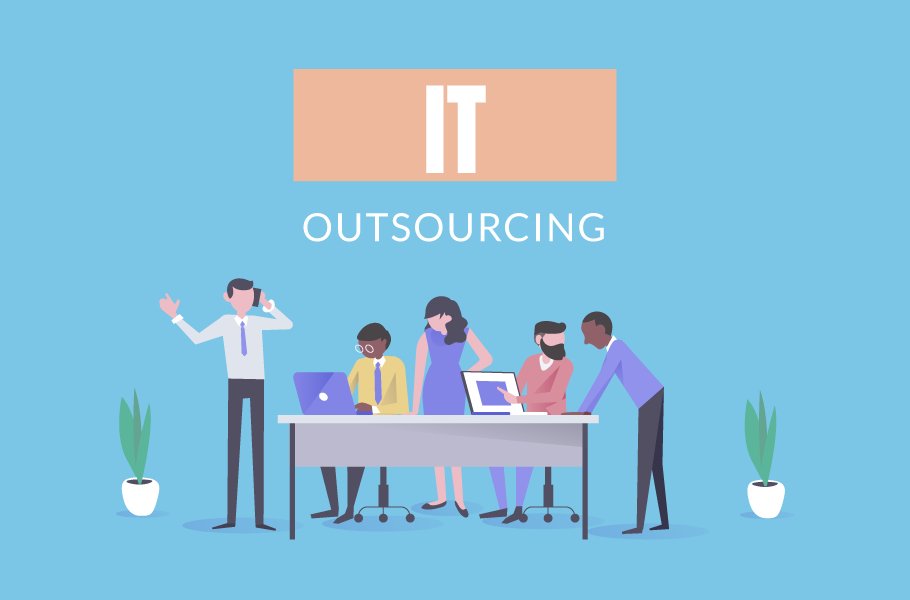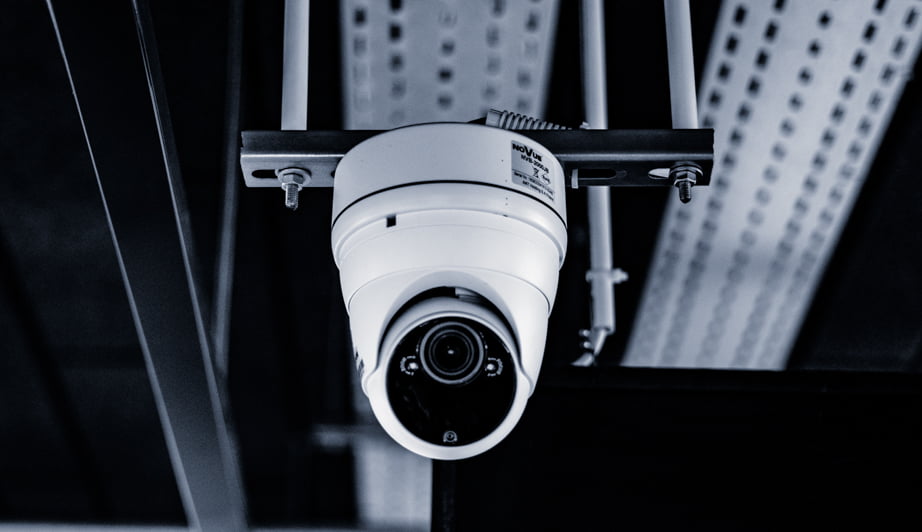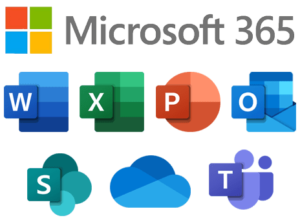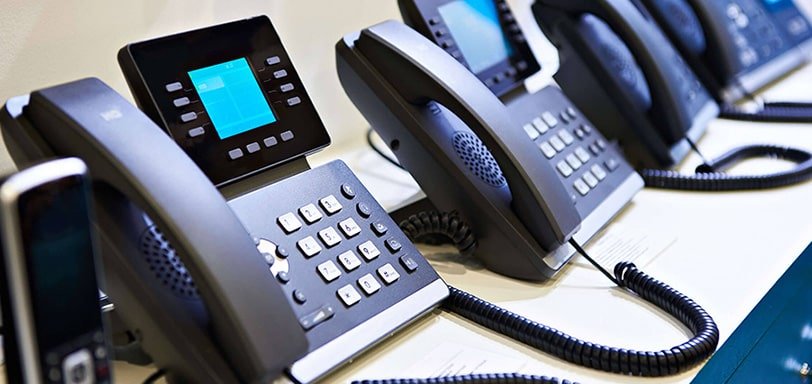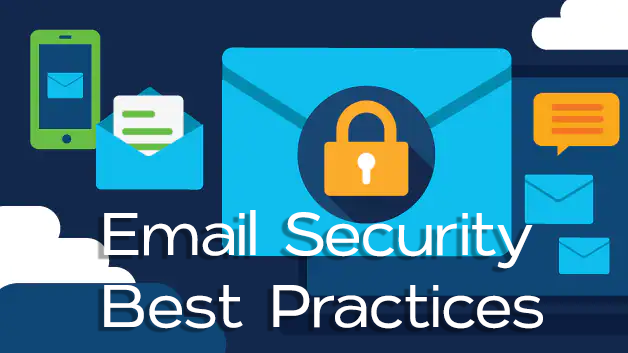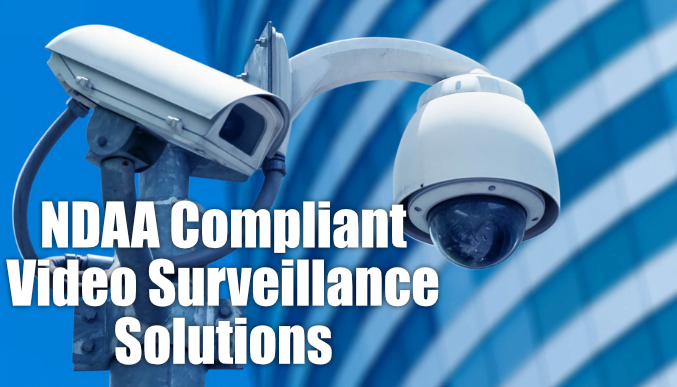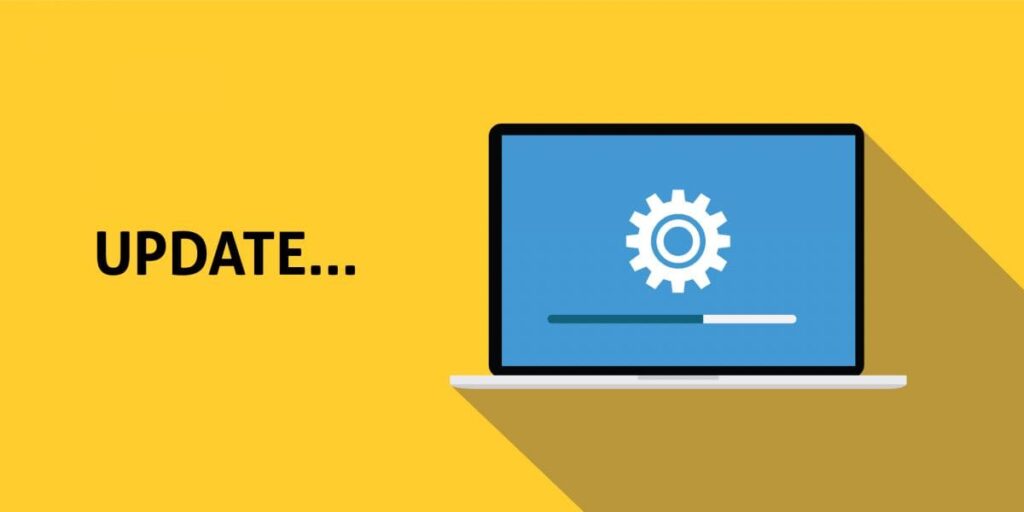What is DMARC?
Have you ever opened an email that looked normal but contained malware inside? You might want to check out DMARC, the email authentication protocol that helps keep your inbox risk-free. We’ve all heard about super hackers gaining access to corporate networks and stealing valuable data. And, of course, we’re all aware of online heists that take place with the help of ransomware. These kinds of tactics have become infamous, and we’ve learned to overcome them. After all, we pay massive amounts for cybersecurity, so the chances of hackers penetrating our systems should be nil. Cyber-attacks are a prominent element in the industry, which is why we’ve learned the tell-tale signs of one. Or at least, that’s what our software is here for. But what if criminals were to use something so simple and seemingly innocent that it slips right past our radars? What if they use a simple, generic-looking email to trick us? Well, that’s where DMARC comes into play. DMARC Explained If we’re talking about full forms, DMARC stands for domain-based message authentication, reporting, and conformance. Overall, it is an authentication protocol that protects you from spam, spoof, and phishing-related emails. As you can tell by the lengthy name, the first part of the protocol involves domain authentication. This authentication process figures out and confirms where an incoming email came from. The protocol then checks the source’s background and verifies its reliability. The incoming mail is simply rejected if the protocol can’t recognize the source. DMARC is a useful tool that protects your business and employees from email-related attacks. It provides an extra layer of security that can even prevent scams. It works by allowing companies or entities to set their own policy that determines whether or not a certain mail will go through or be ignored by the server if it fails authentication. With DMARC, you can set your own email authentication process. By setting a custom standard of protocols, you can effectively filter out authentic emails from those which are spam or suspicious. What’s more, you can even set a particular course of action that will take place in case the incoming email does not match the standard you have set. For example, you can set the verification process so that only emails from a particular server are allowed into your network. Anything else will automatically be deemed unsafe by the network and thrown in the trash. Well, that’s DMARC in a nutshell. However, if you really want to know the core details of DMARC, how it functions, and its uses, we’ll have to dive much deeper into that. Starting with why we need it in the first place. Why Do We Use DMARC? To understand how using DMARC can benefit you, you must understand how fishing and spoofing work. These are techniques used by scammers looking to dupe you and your company out of thousands and sometimes even millions of dollars. And the worst part is that these scammers target the one aspect that we would rarely suspect. Everyone is familiar with how malware and hacker attacks work. The most dangerous attacks are often made by penetrating your firewall, allowing attackers to gain unauthorized access to your company’s private network. From there, these hackers can steal important company data and leak that information for a price. All without a single trace. But today, we won’t be talking about complicated hacker attacks requiring massive skill. Instead, we’ll talk about simple, clever methods that even an amateur scammer can use to dupe you out of millions. Unlike hackers, who manipulate a company’s network, spoofing and phishing attacks often work by manipulating you or your employees via a harmless email. That’s why it’s even more shocking when such an attack occurs. The game isn’t about dealing with or bypassing your robust cybersecurity software but rather, tricking human beings into carrying out their dirty work. And nobody played the game better than Nigerian-born scammer Ramon Abbas, a.k.a; Hushpuppi. How Did Hushpuppi Scam Companies? If you work in an international conglomerate or an elite financial institution, you’re probably aware of how much money is exchanged daily. Corporations make massive transactions daily, often transferring and receiving millions in payments. Employees working in such companies typically follow the instructions of official company emails. If the mail tells them to make a certain payment to a certain account, it is the employee’s job to make the transaction. But what if someone figures out a way to impersonate your company and send you an official-looking email filled with fraudulent instructions? You might think you’ll detect its deceitful quality; however, that’s easier said than done. Employees must deal with massive workloads daily, leaving little time to double-check emails. Besides, it’s your natural instinct to trust any email from your company, so long as nothing seems off at first glance, you wouldn’t stop questioning anything before instinctively following the instructions mentioned. What’s more, scammers will use email addresses that look similar to your company’s address, at least at first glance. So being aware of fraud is beyond your capabilities in most cases. Well, that’s what scammers like Hushpuppi would rely on during their spoofing attacks. All it took was one official-looking email, directing an employee to make a hefty transition to a particular account number, and voila, the heist was successful. And the worst part is the victim wouldn’t even realize that he was duped. Could DMARC Have Stopped Hushpuppi Scams? Throughout his entire career, the Nigerian scammer used business emails to dupe companies out of hundreds of millions. All this by using a simple bait and hook spoofing technique that fooled countless gullible employees from various companies. It raises the question, could Hushpuppi have scammed those companies if there was a proper DMARC structure in place? Probably not. Situations like these are precisely what DMARC authentication protocols are for. With DMARC, scammers won’t be facing busy, overworked employees who don’t have the instinct to suspect company mail. Instead, they will be facing a computerized protocol



